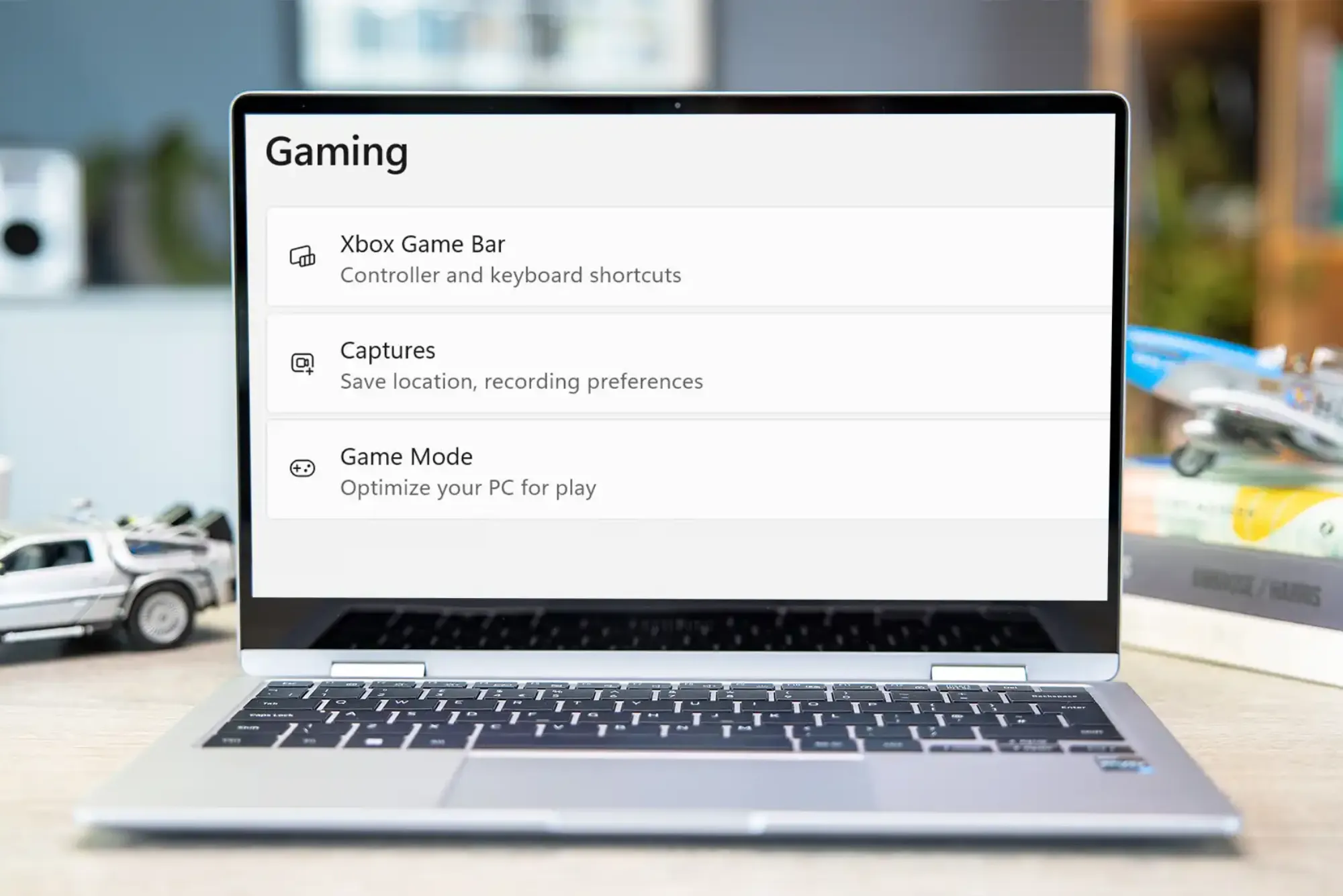Bitcoin, the pioneering cryptocurrency, has garnered significant attention from investors since its creation in 2009 by an anonymous entity known as Satoshi Nakamoto. Its decentralized nature, coupled with the promise of significant returns, makes Bitcoin a compelling investment. This comprehensive guide will walk you through the process of investing in Bitcoin, from understanding its fundamentals to implementing effective investment strategies.
Understanding Bitcoin
What is Bitcoin?
Bitcoin is a digital currency that operates on a decentralized network using blockchain technology. Unlike traditional currencies, Bitcoin is not controlled by any central authority, such as a government or financial institution. Instead, it relies on a peer-to-peer network to process transactions and manage the issuance of new units.
How Does Bitcoin Work?
Bitcoin transactions are verified by network nodes through cryptography and recorded on a public ledger called the blockchain. This ensures transparency and security, as every transaction is immutable and publicly accessible. Miners use computational power to solve complex mathematical problems, validating transactions and securing the network. In return, they are rewarded with newly created bitcoins, a process known as mining.
Why Bitcoin Matters
Bitcoin’s importance lies in its potential to revolutionize the financial system. It offers a new way to transfer value, bypassing traditional financial intermediaries, reducing transaction costs, and increasing financial inclusion. Additionally, Bitcoin’s fixed supply of 21 million coins introduces a deflationary aspect, contrasting sharply with the inflationary nature of fiat currencies.
Why Invest in Bitcoin?
Potential for High Returns
Bitcoin has experienced tremendous growth since its inception. Early adopters who believed in its potential have seen their investments grow exponentially. While past performance is not indicative of future results, Bitcoin’s historical growth suggests significant potential for high returns.
Diversification
Investing in Bitcoin can diversify your portfolio, as it often behaves independently of traditional asset classes like stocks and bonds. This non-correlation can help reduce overall portfolio risk and enhance returns.
Hedge Against Inflation
With central banks around the world engaging in quantitative easing and other inflationary policies, Bitcoin’s fixed supply makes it an attractive hedge against inflation. As fiat currencies lose value, Bitcoin’s scarcity can help preserve purchasing power.
Technological Innovation
Investing in Bitcoin means supporting and benefiting from cutting-edge technological advancements in blockchain and decentralized finance (DeFi). These innovations have the potential to transform various industries, making Bitcoin a compelling long-term investment.
Getting Started with Bitcoin Investment
Educate Yourself
Before investing in Bitcoin, it is crucial to educate yourself about the cryptocurrency market, blockchain technology, and the principles of decentralized finance. Understanding the fundamentals will help you make informed decisions and navigate the market more effectively.
Choose a Reliable Bitcoin Wallet
A bitcoin app wallet is essential for storing and managing your bitcoins. Wallets come in various forms:
Hardware Wallets: Physical devices like Ledger Nano S and Trezor that store your private keys offline, offering robust security.
Software Wallets: Applications for your computer or smartphone, such as Electrum or Mycelium, providing a balance between convenience and security.
Web Wallets: Online platforms like Blockchain.com and Coinbase, which are accessible from any device with internet access but may be more vulnerable to hacking.
Paper Wallets: Physical printouts of your private keys, offering security from digital threats but requiring careful handling.
Choose a wallet that aligns with your security needs and convenience preferences.
Select a Reputable Exchange
To buy Bitcoin, you need to use a cryptocurrency exchange. Some of the most reputable exchanges include:
Coinbase: Known for its user-friendly interface and strong security measures.
Binance: Offers a wide range of cryptocurrencies and advanced trading features.
Kraken: Known for its comprehensive security practices and extensive selection of cryptocurrencies.
Gemini: Emphasizes regulatory compliance and security.
Ensure the exchange you choose has a solid reputation, strong security protocols, and an interface that suits your experience level.
Sign Up and Verify Your Account
After selecting an exchange, sign up for an account. This typically involves providing personal information and verifying your identity through government-issued identification. This process is essential for security and regulatory compliance.
Fund Your Account
Once your account is verified, you need to fund it. Most exchanges offer various funding options, including bank transfers, credit/debit cards, and other cryptocurrencies. Choose the method that best suits your needs and follow the exchange’s instructions to deposit funds.
Enable Two-Factor Authentication (2FA)
Two-factor authentication (2FA) adds an extra layer of security to your exchange and wallet accounts. It requires you to enter a code sent to your mobile device in addition to your password, making it harder for unauthorized users to access your account.
Use a Hardware Wallet
For long-term storage of Bitcoin, a hardware wallet is highly recommended. These devices store your private keys offline, protecting your assets from online threats like hacking and malware.
Stay Informed About Scams
The cryptocurrency market is rife with scams and fraudulent schemes. Be cautious of phishing attempts, fake investment opportunities, and unsolicited offers. Always use reputable platforms and verify the authenticity of any communication related to your Bitcoin investments.
Bitcoin Investment Strategies
Dollar-Cost Averaging (DCA)
Dollar-cost averaging involves investing a fixed amount of money in Bitcoin at regular intervals, regardless of the price. This strategy can reduce the impact of market volatility and remove the stress of trying to time the market. By consistently investing over time, you can average out your purchase price and potentially benefit from long-term price appreciation.
Buy and Hold
The buy-and-hold strategy, also known as “HODLing” in the cryptocurrency community, involves purchasing Bitcoin and holding it for an extended period, regardless of market fluctuations. This strategy is based on the belief that Bitcoin’s value will increase significantly over time. It requires patience and a long-term perspective, but it can yield substantial returns if Bitcoin continues to appreciate.
Trading
For those with more experience, trading Bitcoin can be a lucrative strategy. This involves buying and selling Bitcoin based on short-term market movements. Traders use various techniques, including technical analysis, chart patterns, and market indicators, to make informed decisions. Trading requires a deep understanding of the market and a higher tolerance for risk, as it involves frequent transactions and exposure to market volatility.
Portfolio Diversification
Diversifying your investment portfolio by including Bitcoin can help mitigate risk. Rather than putting all your funds into Bitcoin, allocate a portion of your investment capital to other asset classes, such as stocks, bonds, and real estate. This approach can balance the potential high returns of Bitcoin with the stability of more traditional investments.








